Nikkor Z 24-120mm f/4 S lens
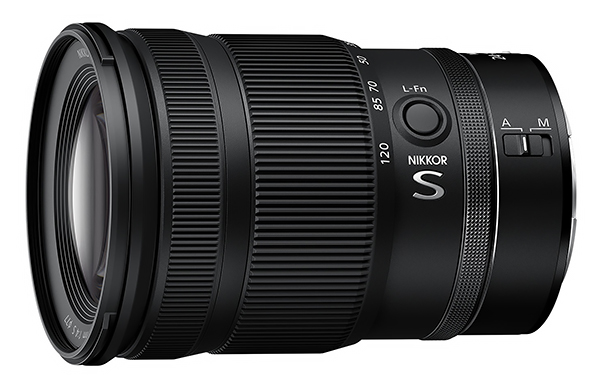
In summary
Of the six standard zoom lenses Nikon makes for its Z-mount cameras, the 24-120mm f/4 S lens is the most versatile choice and one of the better performers. Faster lenses are available with shorter zoom range, but the 24-120mm f/4 S wins out when you want to balance versatility against performance.
The 120mm provides more scope for portraiture, landscapes and product photography as well as general snapshooting. It’s also compact and light enough to be a smart choice for travellers.
Full review
Initially announced in late October 2021, the Nikkor Z 24-120mm f/4 S lens effectively replaces the 2010-vintage AF-S Nikkor 24-120mm f/4G ED VR lens for owners of mirrorless cameras. The new lens is lighter (630 vs 710 grams) but about 14 mm longer. It also lacks in-built stabilisation (which isn’t an issue since most Z-mount cameras have IBIS). It has a more advanced AF system that adjusts separate groups of elements within the lens but has similar environmental sealing to the F-mount lens. Internal focusing ensures nothing is drawn into the lens during focusing, although the inner barrel of the lens extends when zoomed in.

Angled view of the Nikkor Z 24-120mm f/4 S lens, shown without its end caps and hood. (Source: Nikon.)
The optical design of this lens contains 16 elements in 13 groups, including three ED glass elements, three aspherical elements and one element that is both aspherical and ED. Their positions are shown in the diagram below.
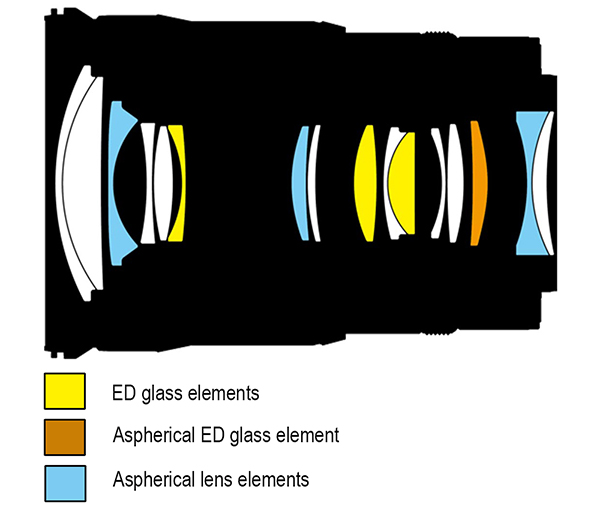
The optical design of the Nikkor Z 24-120mm f/4 S lens, showing the positions of the exotic elements. (Source: Nikon.)
Flare and ghosting have been minimised through the application of Nikon’s Nano Crystal Coat and ARNEO Coat and the front element is fluorine coated to repel dust and moisture and make the lens easy to keep clean. Autofocusing is driven by two stepping motors (STM) to provide fast, precise and quiet operation for both stills and videos.
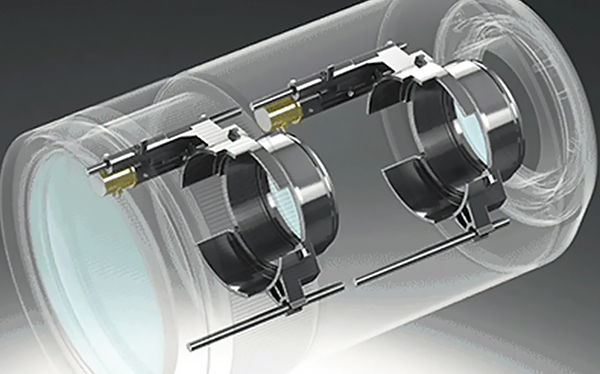
This diagram shows the dual stepping motors that drive autofocusing in the Nikkor Z 24-120mm f/4 S lens. (Source: Nikon.)
A new electromagnetic diaphragm mechanism improves auto exposure control during continuous shooting and in changing light levels. Weather-resistant seals at potentially vulnerable joints prevent ingress of moisture and dust and allow the lens to be used in most environments, although the lens is not waterproof.
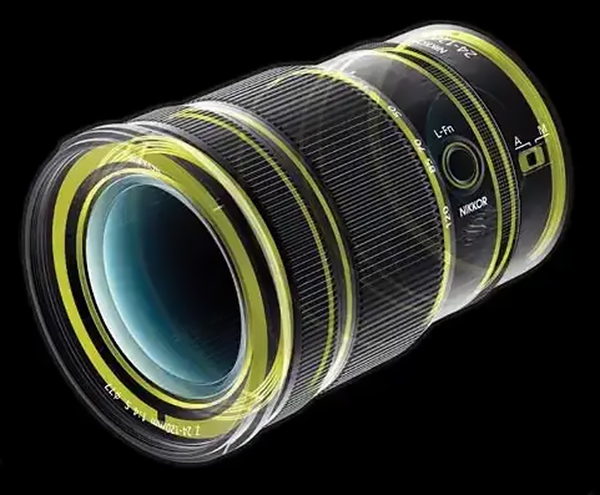
This diagram shows the location of the dust- and drip-resistant seals in the lens barrel. (Source: Nikon.)
Who’s it For?
The Nikkor Z 24-120mm f/4 S is a general-purpose lens for owners of full-frame (FX) Z-mount cameras who want a versatile option for everyday shooting of both stills and movies. While it can be used on cameras with DX (APS-C) sensors, where it covers a focal length range equivalent to 35-180mm, it costs more and is a lot heavier than the (roughly equivalent) Nikkor Z 18-140mm f/3.5-6.3 DX VR lens, which is purpose designed for the smaller sensors.
The wider zoom range of the 24-120mm f/4 S lens gives it a longer ‘reach’ than either the Nikkor Z 24-70mm f/4 S lens or the Nikkor Z 24-50mm f/4-6.3 lens both of which are offered in kit format with the Z5 II camera. And while its zoom range is shorter than the Nikkor Z 24-200mm f/4-6.3 VR lens, the other alternative kit lens, the constant f/4 maximum aperture means it’s faster at longer focal lengths.
With a minimum focusing distance of 35 cm and 0.39x maximum reproduction ratio this lens is usable for some close-up work, although not for macro shooting. The electromagnetic diaphragm in the lens barrel ensures smooth and accurate aperture adjustments during video shooting, including in changing light conditions.
The ‘clickless’ control ring also minimises operational sounds during video recordings. However, this lack of easily-detectable steps makes it less useful for settings like aperture, focus mode, ISO or white balance which are adjusted in steps.
Potential purchasers should note that the 24-120mm f/4 S lens is one of 13 lenses designed for full-frame cameras that can’t be used in ‘pure’ mechanical shutter mode (if it’s supported), according to Nikon guru, Thom Hogan. These lenses will default to an auto shutter setting if the mechanical shutter mode is selected. (This doesn’t apply to Z8 and Z9 cameras, which only have electronic shutters.)
Build and Ergonomics
The 24-120mm f/4 S lens barrels are mainly constructed from polycarbonate covering a metal frame interior with an aluminium alloy mount, which reduces its weight while providing added durability. It is made in the Nikon factory in Ayutthaya, Thailand, which has been the main site for camera and lens production since late 2021.
The lens is weather-sealed and has a gasket surrounding the lens mount. Build quality is good for a mostly plastic lens, which Nikon claims is the lightest in its class.
The front element is approximately 50 mm in diameter and bulges slightly outwards. It sits within a sloping 6 mm wide ring of shallow ribbing surrounded by a flat band of a similar width that ends in the vertical threading for the 77 mm filters. Bayonet mount moulding surrounds the outer edge of this section of the inner barrel which extends by roughly 55 mm when rotating the zoom ring from the 24mm position to 120mm.
The focusing ring is located at the front of the outer barrel. It’s 17 mm wide, with most of its surface covered in rubberised ribbing and turns freely through 360 degrees when no power is supplied. Autofocusing is driven by dual stepping motors (STM), which provide smooth performance for recording video, including reduced focus shift. A 6 mm wide band separates the focusing and zoom rings.
The zoom ring is 37 mm wide, with most of its surface covered in rubberised ribbing. A 5 mm wide unribbed section around the rear of the ring is stamped with figures indicating the positions for 24mm, 28mm, 35mm, 50mm, 70mm, 85mm and 120mm focal lengths, which line up against a white line on the 18 mm wide fixed section of the barrel behind the zoom ring.
The zoom ring moves smoothly but has enough resistance to prevent gravity-driven focal length creep when it’s carried facing downwards. This section of the outer barrel carries the lens function (L-Fn) button, which can be programmed to provide direct access to a specific camera function. Directly behind it is the 8 mm wide Control ring, which is also programmable and can be set to adjust a single setting, such as aperture or exposure compensation.
Another 18 mm wide flat section of the barrel carries the AF/MF focus mode switch as well as the name of the lens plus a raised white index dot for orientating the lens when it’s fitted to a camera body. The lens ends in a metal mount that also contains the 11 gold-plated contacts for passing information between the lens and the camera. Dust- and drip-resistant sealing enables this lens to be used in inclement weather. However, the lens is not fully waterproof.
Performance
Our Imatest tests showed the review lens to be a good performer throughout almost all of its focal length and aperture ranges. Resolution was comparatively high from wide apertures down to about f/11, where diffraction began to take effect. Edge softening was less than we usually find for a kit lens, particularly at focal lengths up to about 70mm.
Our Imatest tests showed the lens to be capable of meeting expectations for the Z5 II’s 24-megapixel centre for all focal lengths tested, except the 85mm and 120mm settings, where it fell a little short. The graph below plots the results of our Imatest tests on JPEG files.
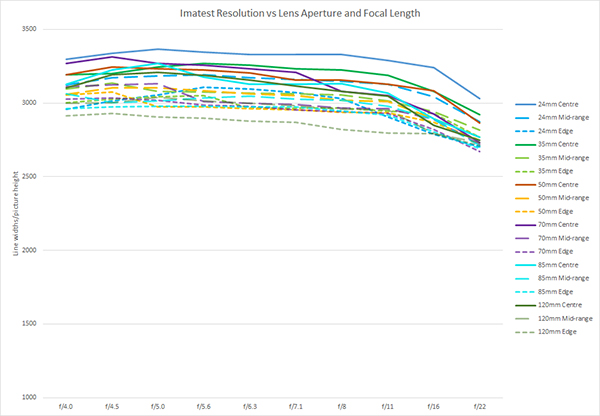
NEF.RAW files converted into 16-bit TIFF format with Adobe Camera Raw showed the expected increase in resolution across the board, although it was a little less than anticipated, based on previous reviews of Nikon cameras and lenses. At the minimum focus distance, centre-of-frame resolution was nicely above expectations between f/4 and f/8, after \which it showed the expected gradual decline.
Because the Z5 II camera applies automatic corrections for chromatic aberration, vignetting and rectilinear distortion, we had to disable the settings provided in the camera’s menu and base our assessments on raw files. We also had to de-select the lens profile when converting the NEF.RAW files in Adobe Camera Raw because it automatically applies profile corrections.
Unfortunately, the chromatic aberration corrections can’t be disabled so we’re no longer commenting on this aberration beyond stating the auto-corrections applied by the camera appeared to work well. Some vignetting could be seen at f/4 with the 24mm focal length, although it had effectively vanished by f/5.
Very little vignetting was apparent at the 35mm focal length but we noticed a gradual increase from about 50mm on and by 120mm it had become quite obvious. We had to stop down to about f/8 for the darkening to become barely visible.
The review lens showed obvious barrel distortion at 24mm, which had morphed into slight or pincushion distortion by the 50mm focal length. By 120mm, the pincushion distortion had become quite obvious, which was expected for a lens of this type.
The review lens handled backlit subjects extremely well and resisted flaring under most conditions, thanks in part to the supplied lens hood. Sharp 18-pointed sunstars were possible at f/22 with all focal length settings. Those recorded at longer focal lengths were associated with one or two flare artefacts.
The minimum focus distance of 35 cm is only suitable for close-ups of larger flora and fauna. As usual, bokeh in wide-aperture shots is influenced by the selected lens aperture as well as the background lighting.
With evenly-lit backgrounds, the f/4 maximum aperture produced some nice, softly-blurred backgrounds at shorter focal lengths, although with longer focal lengths, brighter highlights to show discernible edges, as shown in the Samples section of this review.
Autofocusing performance with the Z5 II camera was generally very good, although we noticed occasional hunting with low-contrast scenes in very low light levels. We found some focus breathing issues during long focus pulls but with shorter pulls both focus and exposure transitions between one subject and another were equally smooth.
Subject tracking was as fast and accurate as we’ve seen from any lens we’ve tested, in part due to the improved subject detection capabilities in the camera used for our tests.
Conclusion
Login or Register to access the full article.
SPECS
Picture angle: 84 to 20 degrees 20 minutes diagonal
Minimum aperture: f/22
Lens construction: 16 elements in 13 groups (including 3 ED elements, 1 aspherical ED element, 3 aspherical elements, elements with Nano Crystal and ARNEO coats, and a fluorine-coated front lens element)
Lens mounts: Nikon Z
Diaphragm Blades: 9 (circular aperture)
Weather resistance: Yes
Focus drive: Dual stepping motors with internal focusing
Stabilisation: No (relies on VR in camera body)
Minimum focus: 35 cm for all zoom positions
Maximum magnification: 0.39x
Filter size: 77 mm
Dimensions (Diameter x L): 84 x 118 mm
Weight: Approx. 630 grams
Standard Accessories: Front and rear caps, HB-102 lens hood, CL-C2 soft lens case
Distributor: Nikon Australia
TESTS
Based on JPEG files taken with the Nikon Z5 II camera.
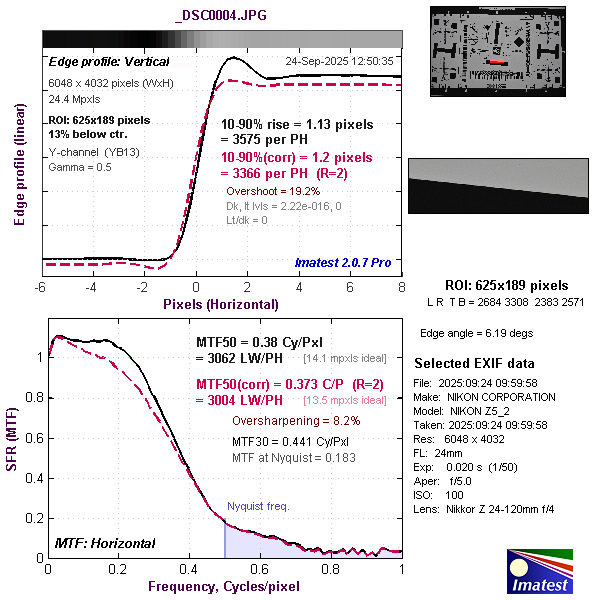
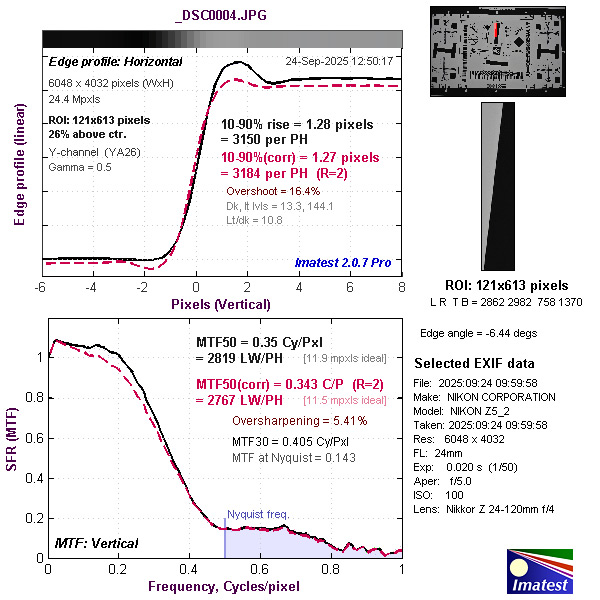
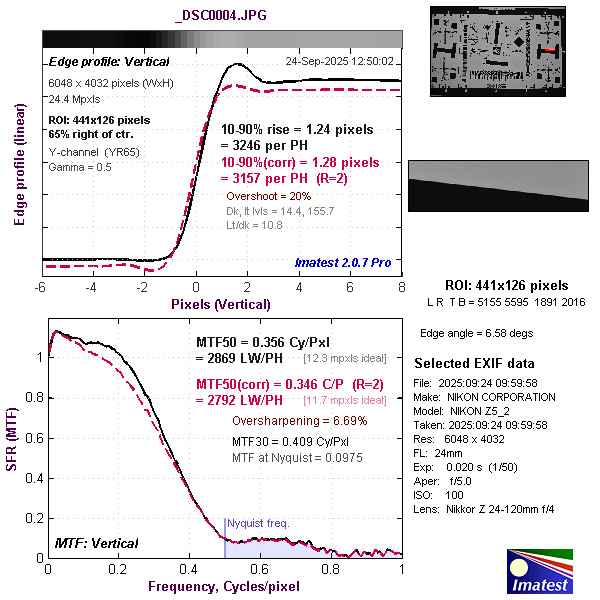
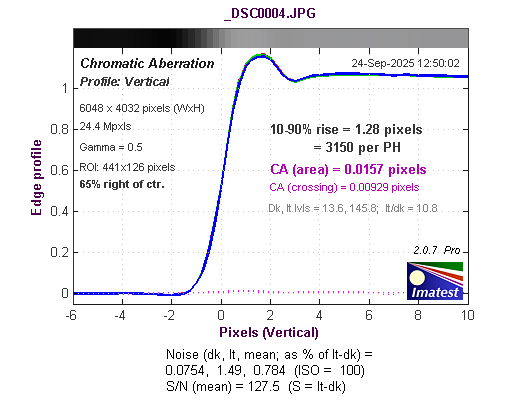
Based on NEF.RAW files converted into 16-bit TIFF format with Adobe Camera Raw.
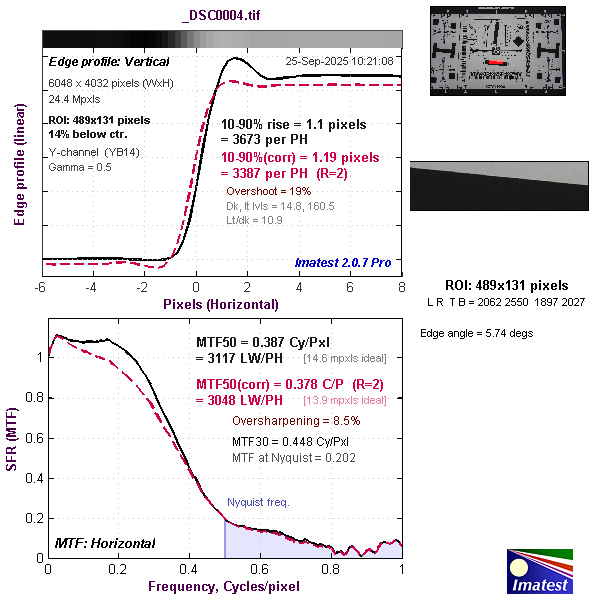
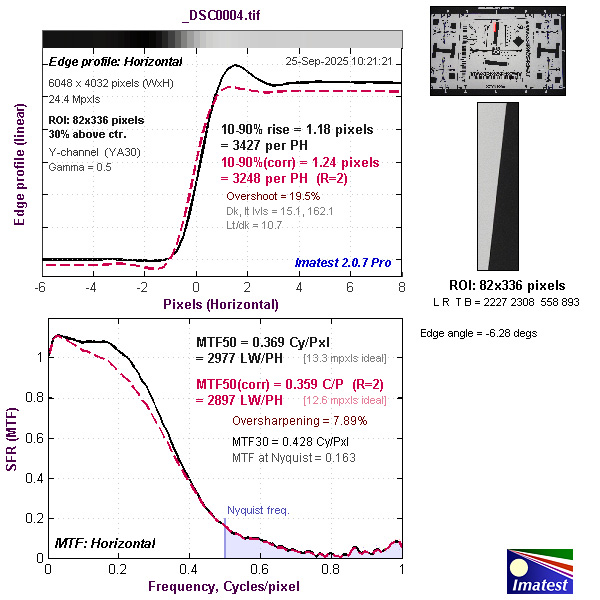
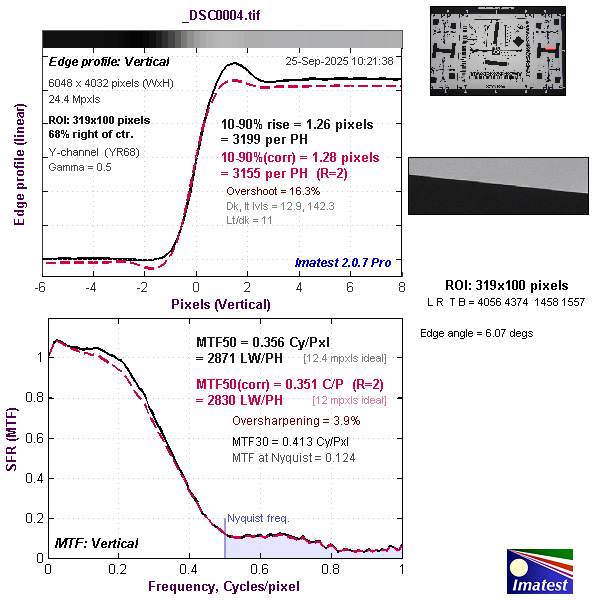
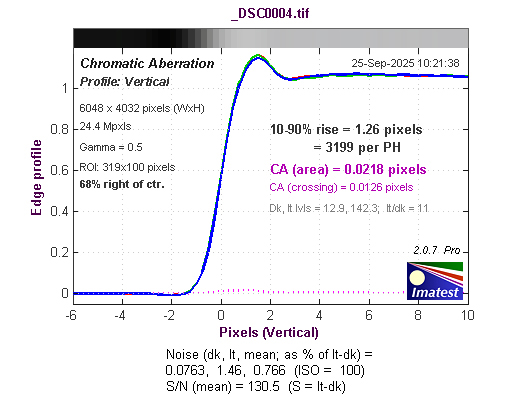
SAMPLES
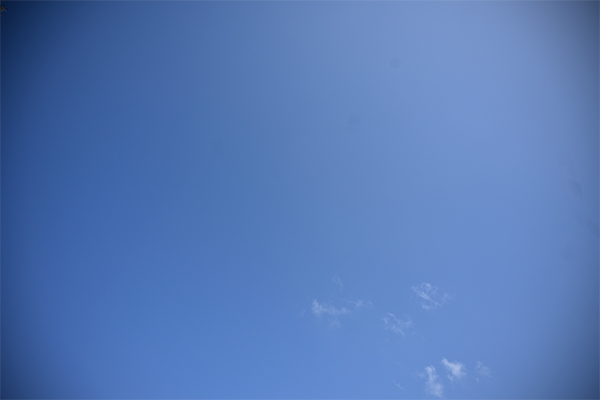
Vignetting at 24mm f/4.
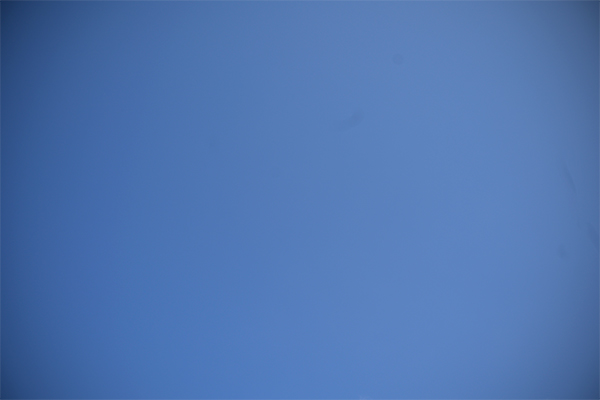
Vignetting at 50mm f/4.
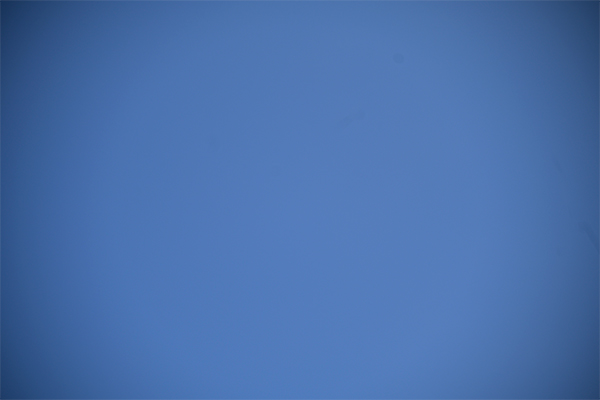
Vignetting at 120mm f/4.
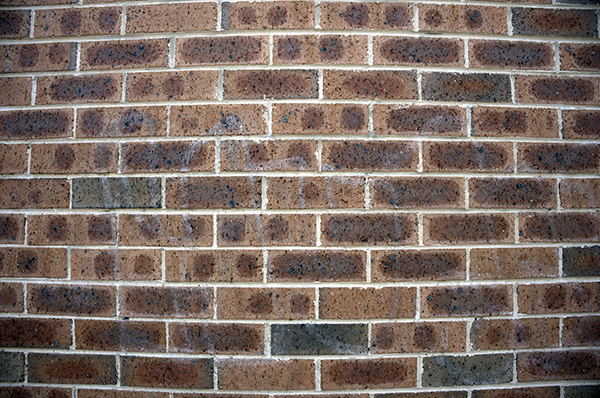
Rectilinear distortion at 24mm.
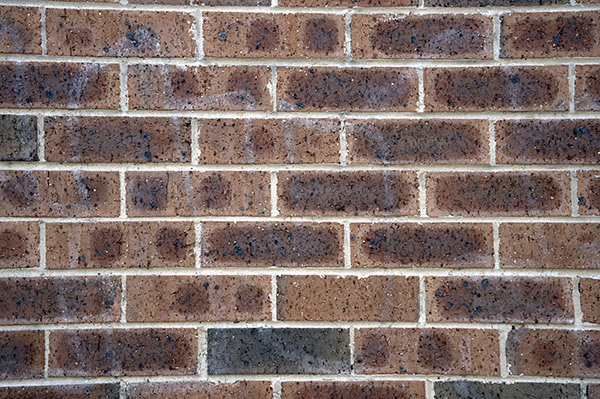
Rectilinear distortion at 50mm.
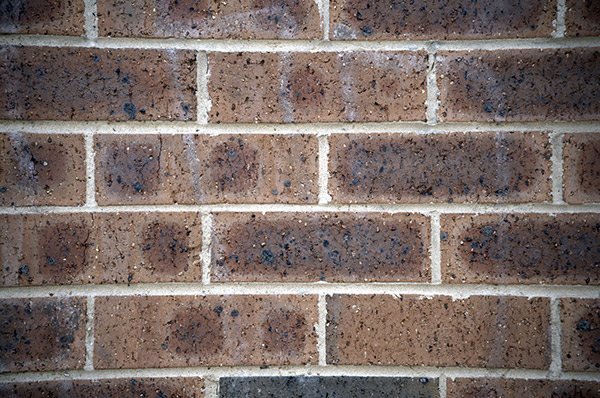
Rectilinear distortion at 120mm.

Close-up at 24mm f/4; 1/4000 second, ISO 100.

Close-up at120mm f/4; 1/5000 second, ISO 100.
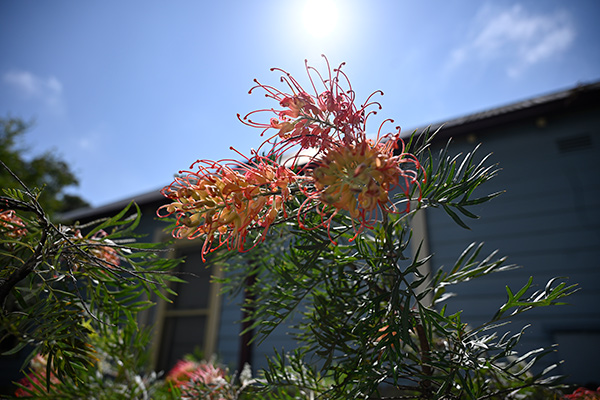
Backlit close-up; 24mm focal length; ISO 125, 1/4000 second at f/4.
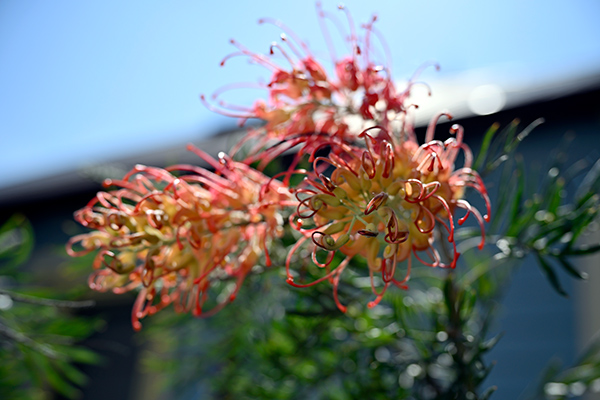
Bokeh in close-up at 51mm focal length; ISO 125, 1/2500 second at f/4.
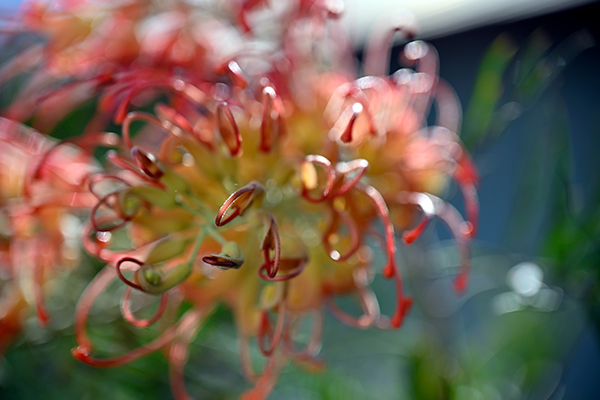
Bokeh in close-up at 120mm focal length; ISO 125, 1/1600 second at f/4.

Bokeh in evenly-lit close-up at 120mm focal length; ISO 100, 1/2500 second at f/4.
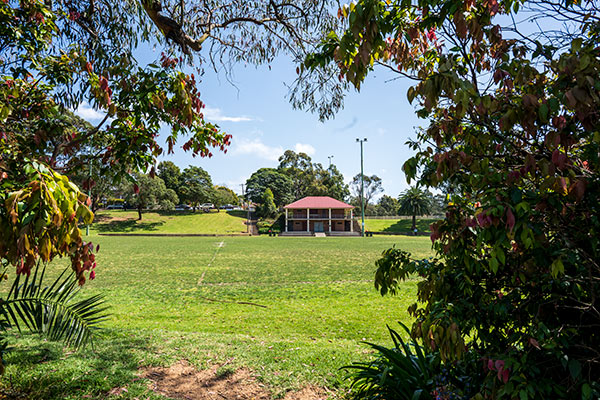
24mm focal length; ISO 100, 1/320 second at f/9.
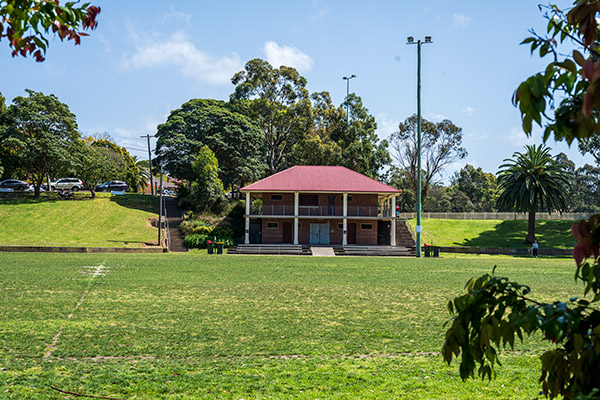
50mm focal length; ISO 100, 1/250 second at f/9.
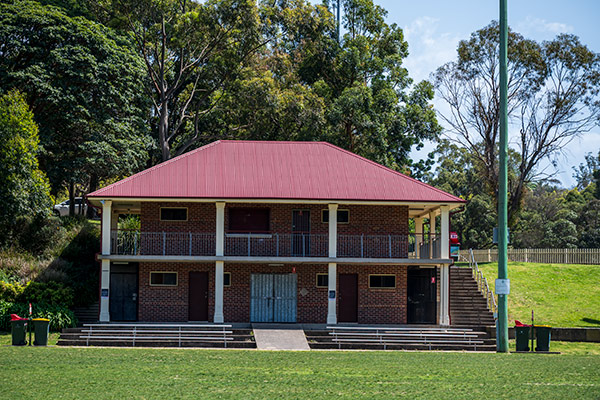
120mm focal length; ISO 100, 1/500 second at f/5.6.
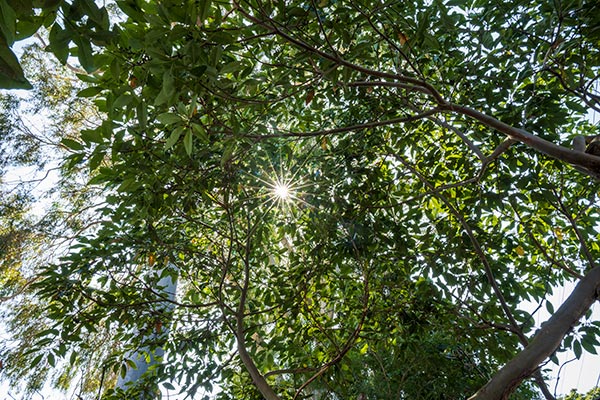
Sunstar at 24mm; ISO 125, 1/6 second at f/22
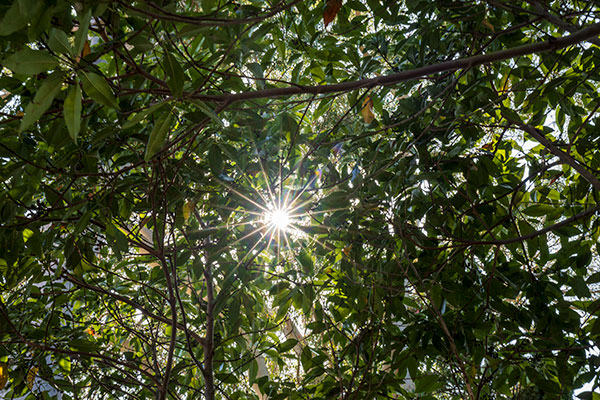
Sunstar at 50mm; ISO 125, 1/8second at f/22.
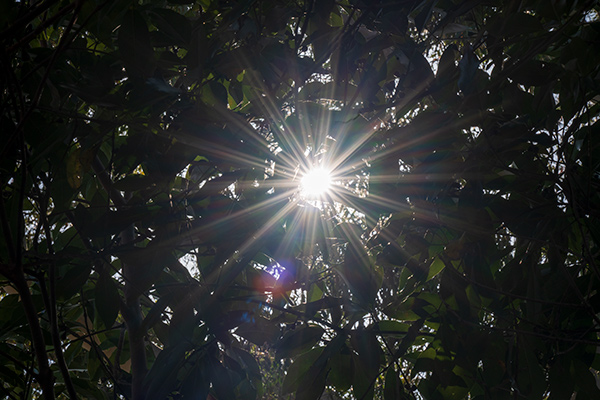
Sunstar at 120mm; ISO 125, 1/125 second at f/22.

24mm focal length; ISO 100, 1/500 second at f/7.1.
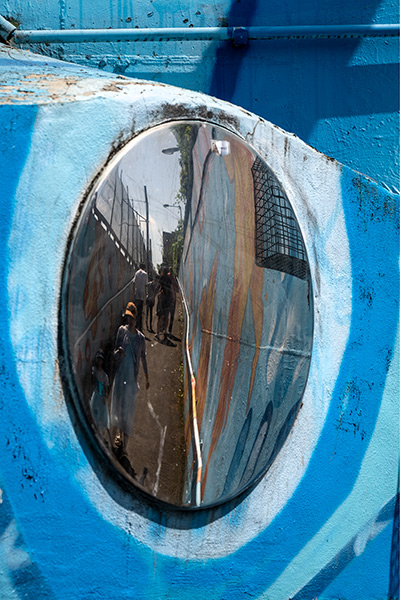
95mm focal length; ISO 100, 1/320 second at f/8.

120mm focal length; ISO 320, 1/125 second at f/8.

120mm focal length; ISO 100, 1/640 second at f/6.3.
Additional image samples can be found with our review of the Nikon Z5 II camera.
Rating
RRP: AU$1849
- Build: 9.0
- Handling: 9.0
- Image quality: 8.9
- Autofocusing: 8.9
- Versatility: 9.0
BUY

